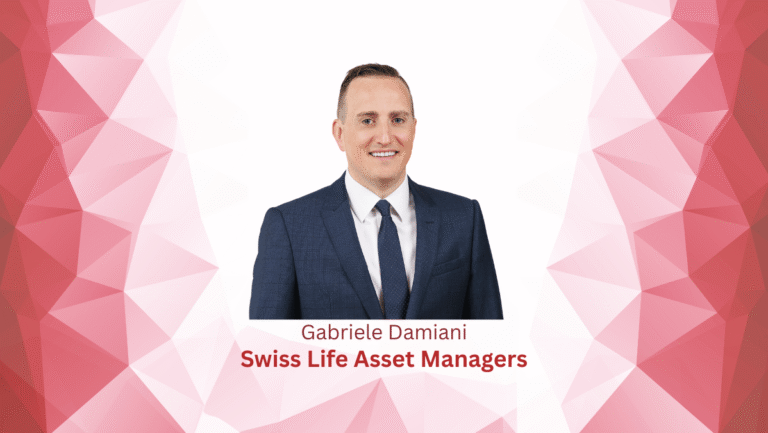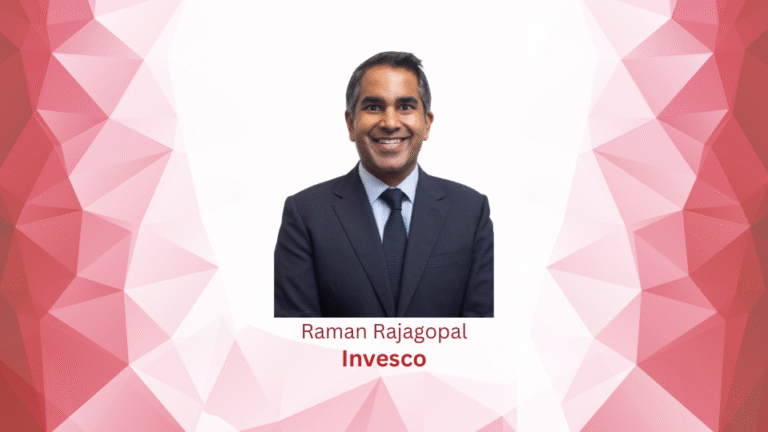Article by Ian MacWilliams, Managing Director and Conducting Officer at SEI Luxembourg, as published in Insight/Out magazine #34.
Many private markets firms are weighed down by legacy replication models that don’t fit with today’s investment environment. Ian MacWilliams, Managing Director and Conducting Officer at SEI Luxembourg, shares the challenges his clients are facing and how a low-replication model has helped them scale.
SEI’s latest research shows just how widespread replication has become. What does that look like for private markets firms?
The research validated what I hear in the field. Clients are trying to solve complex operational problems, but to do that, they first need to understand the full scope of those challenges. This research helped illuminate not just where firms are in terms of fund administration, but where they want to be.
Just one striking finding is that more than a third of private markets firms have more non-investment than investment staff. That speaks volumes about the strength of their back offices. If non-investment professionals could focus on driving value creation instead of replicating administrative tasks, it could lead to significant improvements. Firms could also benefit from prioritising investor relations and investment decisions, rather than continuing to duplicate efforts.
How are high-growth firms challenging the traditional replication model?
Managers are interested in scalability. In-house replication might have made sense when a firm was small and wanted tight control over every process, but as it grows – adding new strategies, jurisdictions, asset classes – it becomes costly and inefficient to build all those skills internally. That’s where administrators come in, but the model of bolting on a new provider with every launch isn’t sustainable, either.
The firms that are growing quickly have clocked the inefficiencies of a multi-administrator, high-replication model. They know that time is a competitive advantage. Our research found that 47% of firms experience delays of three or more days in their investor reporting cycles due to replication. If firms replicate less, they can get information out the door faster, which helps them build stronger investor relationships and frees up time and resources for more valuable tasks.
What role does market pressure play in the drive to reduce replication?
Private markets are extremely competitive. Fundraising cycles are faster and there’s a premium on being nimble. If you’re spending time on oversight and replication instead of building relationships and going to market, you’re missing opportunities that may go to your competitors.
What holds many firms back from gaining that competitiveness is a lack of trust in third-party data. They replicate due to the perceived unacceptable operational risk of solely relying on their administrators’ data, and 63% of respondents said better data quality would help reduce replication.
We believe in opening our workflows to clients. Through transparent checklists, audit trails, and accountability that firms can view in real time. That kind of visibility builds trust. On the usability side, we integrate our data directly into clients’ systems. If a client has multiple administrators, we can even act as the primary provider, harmonising all third-party data and removing the need for clients to replicate it in-house.
All those back-office efficiencies let our clients put more time into sourcing and analysing deals. It gives them the scale to focus on investor relationships, drive better economic terms for their funds and investors, and drive commitments to new strategies.
Firms often cite regulator and investor demand as reasons for replication. How can a fund administrator address those concerns?
We learned in the research that Excel is still being used widely for oversight, with 38% of firms without an ABOR using it. That opens the door to manual errors and inefficiencies. Our approach is to reduce those risks with systematic, auditable processes across best-in-class technologies.
There isn’t one investment platform that does everything. We take a modular approach, pulling together the best tools and unifying their outputs into a single data warehouse that our clients can call on. The investment manager gets a top-down view of their whole book, or they can integrate that data through daily APIs that fit directly into their system. The resulting insights can be used for a firm’s own needs, and investor and regulator questions can be answered quickly, too.
How can firms transition to a low-replication model?
Start small. We see our clients begin with one or two funds, and as confidence grows, in-house replication is scaled back. That gives them a clear test case. As new funds launch, trust has been established, and any replication is not needed or is minimal.
Over time and with the visibility we provide, they gain trust in the process and realise they don’t need to keep replicating administrative data themselves. Depending on the client’s in-house model, there could be additional benefits such as reducing the costs associated with building and maintaining technology.
There’s also a natural migration path in private markets. As legacy funds wind down, new launches can use a low-replication model from day one. Firms don’t need to execute a full-scale transformation overnight to begin realising these efficiencies.
It seems that trust is key to reduce replication. How do you build that trust?
Trust is built through transparency and accountability.
We believe in letting clients look directly into processes. That visibility eliminates guesswork and fosters accountability, which in turn builds trust. It also helps both sides learn: as an example on NAV calculations, was the delay caused by SEI, or were valuation marks not received on time? That ongoing feedback loop strengthens the partnership.
As high-growth firms scale, the cost of replication becomes unsustainable. We understand that trust is key to transform replication models. With the right partner – one that can deliver high-quality data, simple integration, and scale across asset classes and domiciles – firms can do away with replication without losing control. That means they can focus on growth.
Important information
Information provided by SEI Investment Managers business; SEI Global Fund Services Limited; SEI Investments–Depositary and Custodial Services (Ireland) Limited; SEI Investments– Luxembourg S.A.; and SEI Investments (Europe) Limited, which are wholly owned subsidiaries of SEI Investments Company. The Investment Managers business is an internal business unit of SEI Investments Company.




